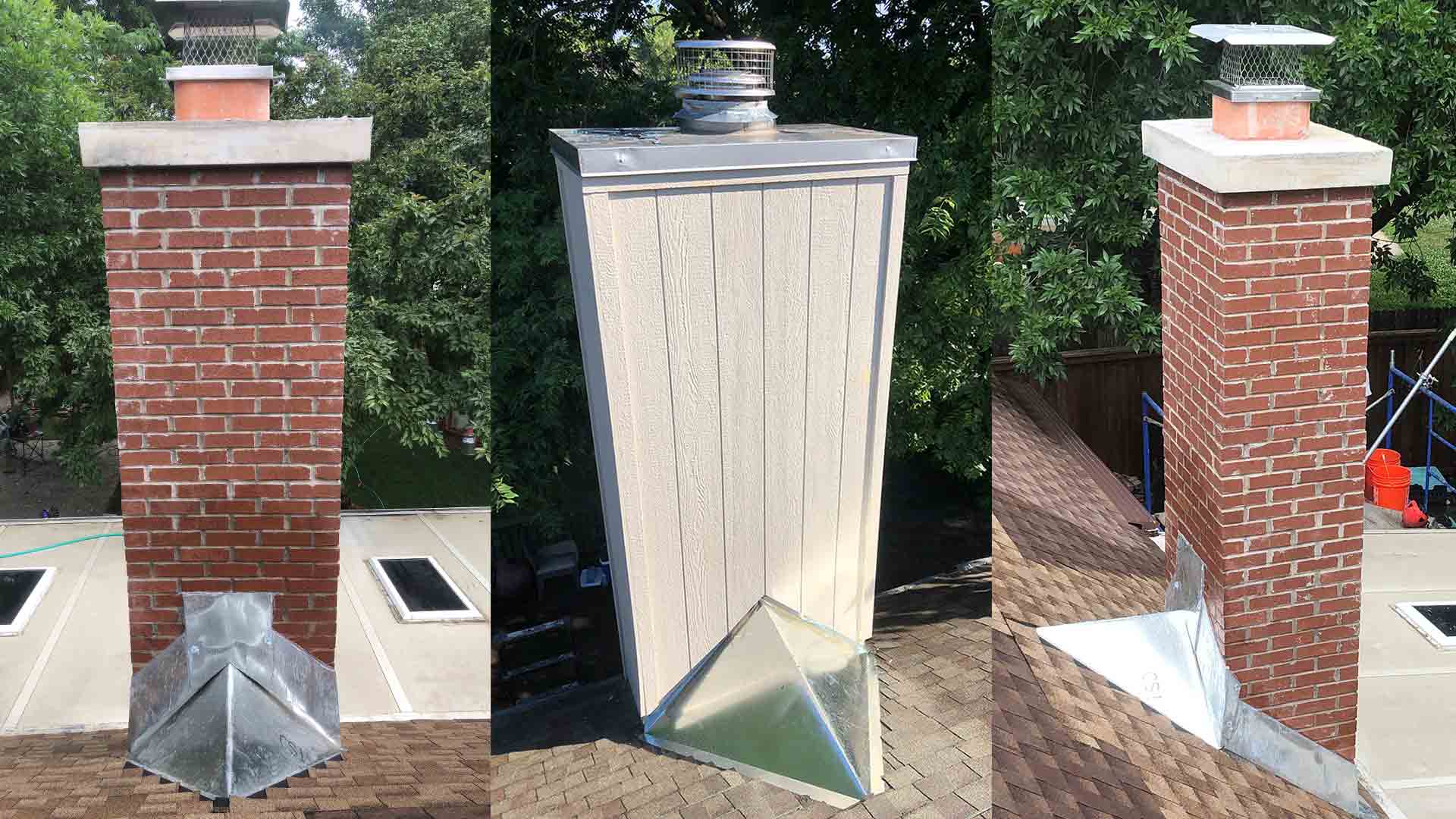

Articles
How Much Should A Chimney Rebuild Cost
Modified: October 20, 2024
Find out the average cost of chimney rebuilds with our informative articles. Get expert advice on pricing, materials, and more.
(Many of the links in this article redirect to a specific reviewed product. Your purchase of these products through affiliate links helps to generate commission for Storables.com, at no extra cost. Learn more)
Introduction
Welcome to our comprehensive guide on understanding the costs associated with a chimney rebuild. If you are a homeowner who has noticed signs of chimney damage or deterioration, it is crucial to address the issue promptly. A chimney rebuild involves the reconstruction or replacement of damaged or deteriorated components of the chimney structure, ensuring its safety, functionality, and aesthetic appeal.
While the prospect of a chimney rebuild may seem daunting, understanding the factors that influence the cost can help you make informed decisions and budget effectively. In this article, we will explore the key factors affecting chimney rebuild costs, the inspection and assessment process, the materials needed, the cost of labor, additional considerations, and the average cost of a chimney rebuild.
Before we delve into the specifics, it’s essential to highlight the importance of hiring a professional chimney contractor for the job. Chimney rebuilds require expertise, knowledge, and specialized tools to ensure a quality and durable result. Hiring professionals will not only save you time but also provide peace of mind, knowing that the job is being done correctly.
Now, let’s dive into the factors that can affect the cost of a chimney rebuild.
Key Takeaways:
- Understanding the factors influencing chimney rebuild costs, conducting thorough inspections, and hiring a professional contractor are crucial for a successful and efficient chimney rebuild process.
- When estimating the cost of a chimney rebuild, consider the size, height, and complexity of the project, as well as additional expenses such as permits, hazardous material removal, and chimney cleaning.
Read more: How To Rebuild A Chimney
Factors Affecting Chimney Rebuild Costs
Several factors can influence the cost of a chimney rebuild. By understanding these factors, you can better estimate the budget required for your specific project. Here are the key factors to consider:
- Chimney Size and Height: The size and height of your chimney directly impact the amount of materials and labor required for the rebuild. Taller or larger chimneys typically require more materials, scaffolding, and labor, resulting in higher costs.
- Extent of Damage: The degree of damage and deterioration plays a significant role in the cost of a chimney rebuild. Minor repairs, such as replacing a few bricks, will be more cost-effective compared to a complete rebuild due to severe structural issues.
- Chimney Accessibility: The accessibility of your chimney affects the complexity of the rebuild process. If the chimney is located in a hard-to-reach area or requires additional equipment, such as cranes or scaffolding, the overall cost may increase.
- Chimney Design and Style: The design and style of your chimney can impact the cost of the rebuild. Intricate or decorative chimneys may require specialized craftsmanship, which can add to the overall expenses.
- Local Building Codes and Permits: Compliance with local building codes and obtaining necessary permits is essential during a chimney rebuild. The associated fees and requirements can vary depending on your location, impacting the overall cost.
It’s important to note that these factors are not exhaustive and that the specific circumstances of your chimney may introduce additional variables. To get an accurate estimate, it is advisable to consult with a professional chimney contractor who can assess your unique situation and provide a detailed cost breakdown.
Now that we’ve explored the factors affecting chimney rebuild costs, let’s move on to the next step in the process: chimney inspection and assessment.
Chimney Inspection and Assessment
Before embarking on a chimney rebuild, it is crucial to conduct a thorough inspection and assessment of the chimney’s condition. This process helps identify the extent of the damage, determine the necessary repairs, and estimate the overall cost of the rebuild. Here are the key steps involved in a chimney inspection:
Visual Inspection: The first step is a visual examination of the chimney’s exterior and interior. A qualified chimney professional will assess the condition of the bricks, mortar joints, chimney crown, flashing, and chimney cap. They will also look for signs of damage, such as cracks, flaking, spalling, or leaning.
Internal Inspection: To get a comprehensive understanding of the chimney’s condition, an internal inspection may be necessary. This involves using specialized equipment, such as a chimney camera, to inspect the flue liners, smoke chamber, and damper. It helps identify blockages, cracks, or deterioration that may not be visible from the outside.
Assessment of Structural Integrity: During the inspection, the chimney professional will assess the structural integrity of the chimney. They will check for any signs of leaning or instability that may require more extensive repairs or a complete rebuild.
Identifying Safety Hazards: In addition to evaluating the chimney’s condition, the inspection process focuses on identifying potential safety hazards. This includes checking for carbon monoxide leakage, proper ventilation, and the presence of creosote buildup, which can lead to chimney fires.
Once the inspection is complete, the chimney professional will provide a detailed report outlining the findings, recommended repairs or rebuild, and an estimated cost. They will discuss the options and work closely with you to determine the best course of action based on your budget and the chimney’s condition.
By conducting a thorough inspection and assessment, you can ensure that the chimney rebuild addresses all necessary repairs and minimizes the risk of future issues. It provides a solid foundation for developing an accurate cost estimate and allows you to make informed decisions throughout the rebuild process.
With the inspection and assessment completed, we can now delve into the materials needed for a chimney rebuild.
Materials Needed for Chimney Rebuild
A successful chimney rebuild requires the use of high-quality materials that can withstand the elements and ensure the longevity and safety of the structure. Understanding the materials needed for a chimney rebuild will not only help you budget accurately but also ensure you choose the right products for the job. Here are the key materials typically used in a chimney rebuild:
Bricks: Bricks are a fundamental component of chimney construction. For a chimney rebuild, it is important to choose durable and weather-resistant bricks that can withstand high temperatures. Common types of bricks used for chimneys include clay bricks and fire bricks.
Mortar: Mortar is used to hold the bricks together and create a solid bond. It is essential to use a mortar mix that is suitable for chimney applications, such as high-temperature mortar or refractory mortar. These types of mortar are designed to withstand the heat generated by the fireplace or stove.
Flue Liners: Flue liners are crucial for promoting proper ventilation and preventing the leakage of combustion gases. They help protect the chimney walls from the corrosive effects of the flue gases. Flue liners are available in various materials, including clay, metal, and ceramic. The choice of flue liner depends on factors such as the type of fuel burned and the specific chimney design.
Crown Coat or CrownSeal: The chimney crown is the top surface that helps protect the chimney from water damage. During a rebuild, a crown coat or CrownSeal is applied to create a waterproof seal and reinforce the crown’s integrity. These specialized products help prevent water penetration and extend the lifespan of the chimney.
Chimney Cap: A chimney cap is installed on top of the flue opening to prevent debris, animals, and rainwater from entering the chimney. It also helps improve airflow and protect the flue liner. Chimney caps are available in various materials, including stainless steel, copper, and galvanized steel.
In addition to these primary materials, other components such as flashing, damper, and insulation may need to be replaced or upgraded during the chimney rebuild process. Each chimney rebuild project is unique, and the materials required may vary based on the specific needs and recommendations identified during the inspection and assessment phase. Working with a professional chimney contractor will ensure the selection of the appropriate materials for your specific chimney rebuild.
With an understanding of the materials needed, let’s explore the cost of labor for a chimney rebuild.
Cost of Labor for Chimney Rebuild
When budgeting for a chimney rebuild, it’s important to consider the cost of labor, as it can significantly contribute to the overall expenses. The labor cost of a chimney rebuild takes into account the skills and expertise required to properly dismantle, rebuild, and reconstruct the chimney structure. Several factors influence the labor cost, including:
- Complexity of the Rebuild: The complexity of the chimney rebuild plays a significant role in determining the labor cost. More intricate and involved rebuilds, such as those involving decorative brickwork or complex chimney designs, require additional time and expertise, hence increasing the labor cost.
- Size and Height of the Chimney: The size and height of the chimney directly impact the labor required for the rebuild. Taller or larger chimneys generally require more labor due to the increased time and effort needed to complete the project.
- Accessibility: The accessibility of the chimney affects the labor cost. If the chimney is located in a difficult-to-reach area or obstructed by surrounding structures, additional time and effort may be required to complete the rebuild, leading to increased labor expenses.
- Demolition and Cleanup: The labor cost also includes the dismantling and removal of the damaged chimney components. Additionally, a thorough cleanup of the worksite is necessary once the rebuild is complete. These tasks contribute to the overall labor cost.
- Experience and Expertise: The level of experience and expertise of the chimney contractor can impact the labor cost. Highly skilled professionals with extensive knowledge of chimney construction may charge higher rates for their services.
It’s important to note that labor costs can vary significantly based on the geographic location, prevailing market rates, and the specific scope of the rebuild project. It is advisable to obtain multiple quotes from reputable chimney contractors in your area to get a better sense of the labor cost range.
When hiring a professional chimney contractor, it’s essential to prioritize expertise and quality workmanship over the lowest price. A reputable contractor will provide a detailed breakdown of the labor cost, transparently outlining the tasks involved and the estimated timeline for completion. Choosing an experienced professional ensures that the chimney rebuild is done safely, efficiently, and to the highest standards.
In addition to labor costs, it’s important to consider other potential expenses and factors that can influence the overall cost of a chimney rebuild. We’ll explore these considerations in the next section.
When budgeting for a chimney rebuild, consider factors such as the size of the chimney, materials needed, labor costs, and any additional repairs or modifications. Get multiple quotes from reputable contractors to ensure you are getting a fair price.
Read more: How Much Does It Cost To Build A Chimney
Additional Costs and Considerations
When budgeting for a chimney rebuild, it’s important to factor in additional costs and considerations that can impact the overall expenses. These costs go beyond the materials and labor and include various factors specific to your chimney and location. Here are some additional costs and considerations to keep in mind:
- Chimney Inspections: Before the rebuild, it is common to conduct a thorough chimney inspection to assess its condition and identify necessary repairs. The cost of the inspection itself should be considered as part of the overall project cost.
- Permits and Building Codes: Depending on your location, obtaining permits for the chimney rebuild may be required by local building codes. Permit fees and any associated inspections can add to the overall cost.
- Hazardous Material Removal: If your chimney was built before the 1980s, there is a possibility of asbestos-containing materials being present. If asbestos is found during the rebuild, the additional cost of proper removal and disposal will need to be considered.
- Chimney Relining: In some cases, a chimney rebuild may involve relining the flue with a new liner. This can be an additional cost to ensure proper ventilation and compliance with relevant codes.
- Scaffolding and Equipment: Depending on the height and accessibility of your chimney, additional equipment such as scaffolding may be required. The cost of renting or setting up this equipment should be factored into your budget.
- Chimney Cleaning: A chimney rebuild may also present an opportunity to clean your chimney thoroughly. While it may not be a direct cost of the rebuild, it is worth considering as an additional expense for ensuring optimal performance and safety.
It’s essential to discuss these additional costs and considerations with your chimney contractor during the initial consultation and estimate process. They will be able to provide guidance specific to your chimney’s needs and ensure that all potential expenses are accounted for in your budget.
Now that we have covered the factors affecting chimney rebuild costs, the materials needed, labor costs, and additional considerations, let’s explore the average cost of a chimney rebuild in the next section.
Average Cost of Chimney Rebuild
The average cost of a chimney rebuild can vary depending on several factors, including the size of the chimney, the extent of damage, the materials used, labor costs, and the location. It’s important to note that these figures are estimates and can vary significantly depending on the specific circumstances of your project. However, to provide a general idea, let’s explore the average cost range for a chimney rebuild.
On average, a basic chimney rebuild can cost anywhere from $2,000 to $10,000 or more. This cost typically covers the replacement of damaged bricks, mortar joints, and chimney crown. However, if the chimney requires more extensive repairs or a complete rebuild, the cost can range from $10,000 to $30,000 or higher.
The size and height of the chimney, as well as the complexity of the rebuild, will affect the overall cost. Larger and taller chimneys tend to be more expensive to rebuild due to the increased materials and labor required. Additionally, if your chimney has a unique design or decorative elements that need to be replicated, it can add to the cost of the rebuild.
It’s important to note that these estimates do not include any additional costs, such as chimney inspections, permits, hazardous material removal, chimney relining, scaffolding, or chimney cleaning. These expenses should be factored into your budget when planning for a chimney rebuild.
Remember, these figures are averages and can vary based on factors specific to your location and the scope of your project. To get an accurate estimate, it’s recommended to contact several reputable chimney contractors and obtain detailed quotes based on a thorough assessment of your chimney’s condition.
Now that we have discussed the average cost of a chimney rebuild, let’s move on to some tips for hiring a professional chimney rebuild contractor.
Tips for Hiring a Professional Chimney Rebuild Contractor
When it comes to a chimney rebuild, it’s crucial to hire a professional and reputable contractor who has the expertise and experience to handle the project. Here are some tips to help you find the right chimney rebuild contractor:
- Do Your Research: Take the time to research and identify reputable chimney rebuild contractors in your area. Look for contractors with a proven track record and positive reviews from previous clients. Online platforms, such as review websites or local directories, can be helpful in gathering information.
- Ask for Recommendations: Reach out to friends, family, or neighbors who have recently had chimney rebuilds and ask for recommendations. Personal referrals can often provide valuable insights and help you find trusted professionals.
- Check for Licenses and Insurance: Ensure that the contractor you hire is licensed and insured. A valid license demonstrates that the contractor meets the necessary requirements and has the proper qualifications. Insurance coverage protects you from any liability in case of accidents or damages during the rebuild process.
- Request Multiple Quotes: Obtain detailed quotes from at least three different chimney rebuild contractors. This allows you to compare costs, scope of work, and estimated timelines. Beware of significantly low or excessively high quotes, as they may indicate subpar quality or hidden costs.
- Ask for References: Request references from the contractor and take the time to contact previous clients. Speak with them about their experience working with the contractor, the quality of the work performed, and their overall satisfaction. This will give you an idea of the contractor’s professionalism and workmanship.
- Evaluate Experience and Expertise: Inquire about the contractor’s experience in chimney rebuilds specifically. Ask about their training, certifications, and any specialized knowledge. An experienced chimney contractor will be well-equipped to handle the complexities of your project and ensure a successful rebuild.
- Review the Contract: Before signing any agreements, carefully review the contract provided by the contractor. Ensure that all details, including the scope of work, materials to be used, payment terms, and estimated timeline, are clearly outlined and agreed upon.
- Communication and Professionalism: Pay attention to the contractor’s communication and professionalism throughout the hiring process. A reliable contractor should be responsive, attentive, and willing to address any questions or concerns you may have.
- Trust Your Instincts: Last but not least, trust your instincts when selecting a chimney rebuild contractor. If something feels off or you have any reservations, it’s better to continue your search for a contractor whom you feel comfortable and confident working with.
By following these tips and taking the time to find a qualified and trustworthy chimney rebuild contractor, you can ensure that your chimney is rebuilt to the highest standards, providing safety, functionality, and aesthetic appeal for years to come.
Now that we have covered these essential tips, let’s wrap up our comprehensive guide on chimney rebuild costs.
Conclusion
A chimney rebuild is a significant project that requires careful consideration and planning. By understanding the factors that affect chimney rebuild costs, conducting thorough inspections and assessments, sourcing the necessary materials, and hiring a professional contractor, you can ensure a successful and efficient rebuild process.
When estimating the cost of a chimney rebuild, take into account factors such as the size and height of the chimney, the extent of damage, accessibility, and the complexity of the project. Additionally, consider any additional costs and considerations, including permits, hazardous material removal, and chimney cleaning.
Working with a professional chimney contractor is crucial to the success of your rebuild. Take the time to research, ask for recommendations, and request multiple quotes. Evaluate the contractor’s expertise, experience, licenses, and insurance to ensure they are qualified for the job. Communication and professionalism are also important factors to consider when making your decision.
While the average cost of a chimney rebuild can vary, it is important to focus on quality and safety rather than solely considering the price. Investing in a reputable contractor and high-quality materials will ensure a long-lasting and functional chimney for years to come.
Remember, this guide serves as a general overview of chimney rebuild costs and considerations. Each project is unique, and consulting with a professional chimney contractor is essential for an accurate assessment and estimate based on your specific circumstances.
We hope this comprehensive guide has provided you with valuable insights into the factors, costs, and considerations involved in a chimney rebuild. With the right knowledge and expertise, you can embark on your chimney rebuild project confidently, knowing that you are making an informed decision.
Frequently Asked Questions about How Much Should A Chimney Rebuild Cost
Was this page helpful?
At Storables.com, we guarantee accurate and reliable information. Our content, validated by Expert Board Contributors, is crafted following stringent Editorial Policies. We're committed to providing you with well-researched, expert-backed insights for all your informational needs.
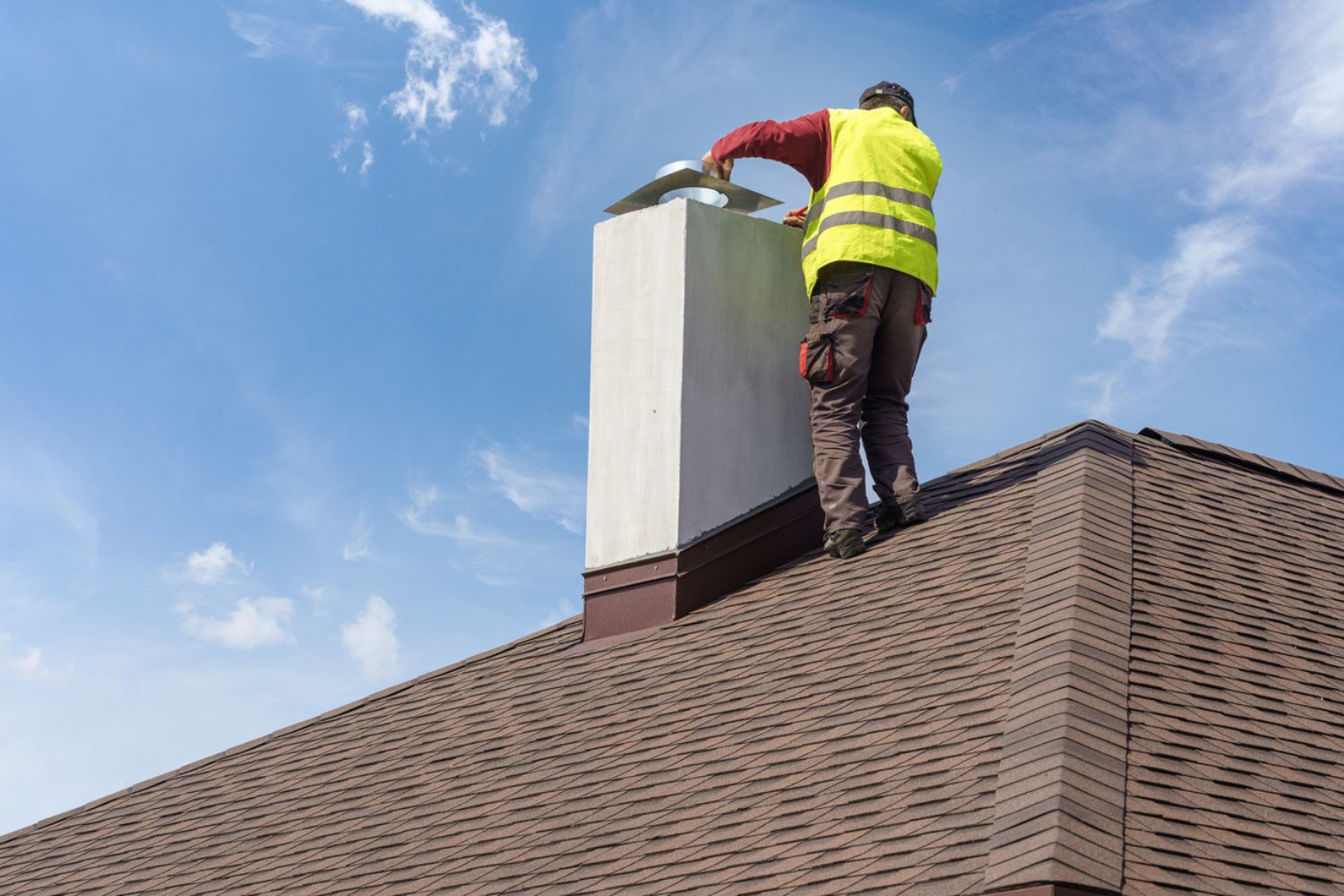
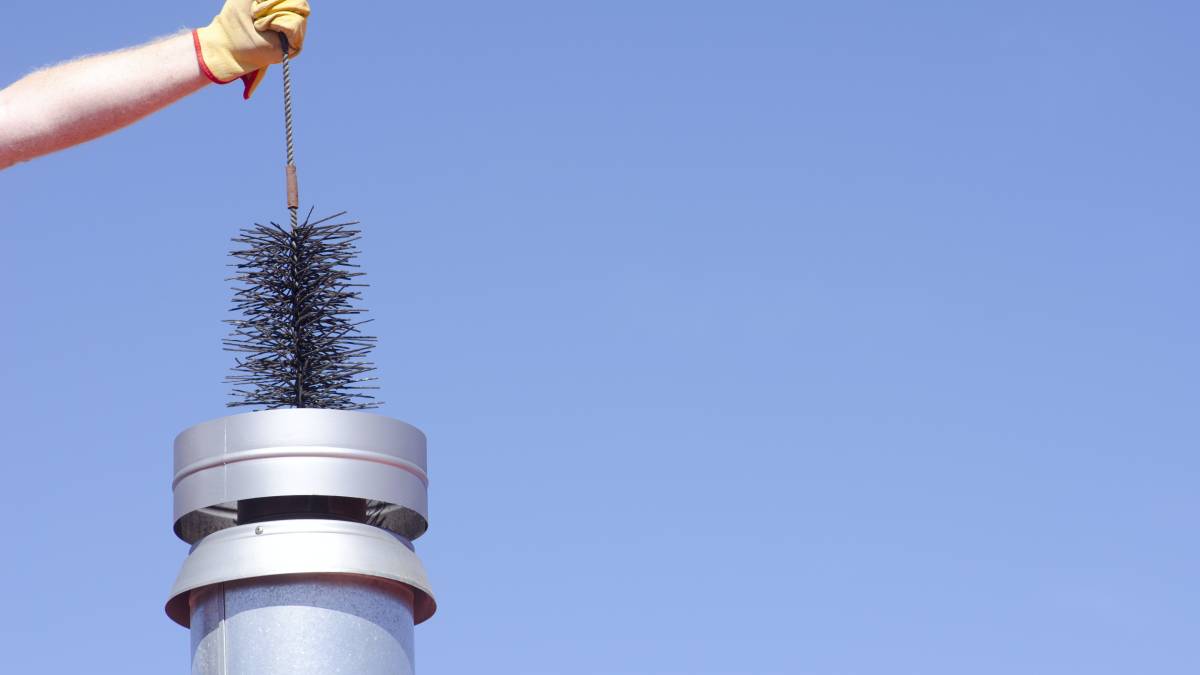
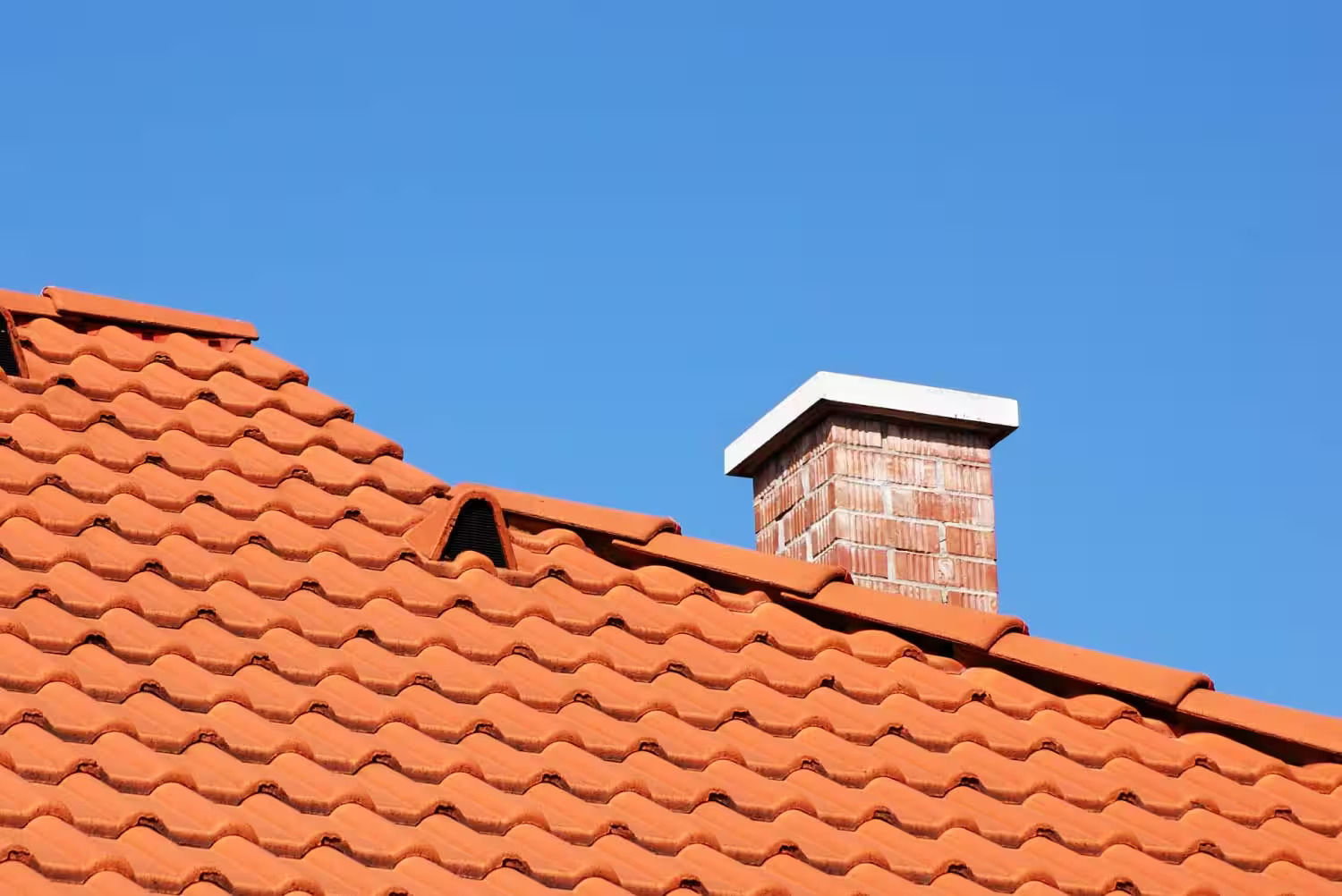
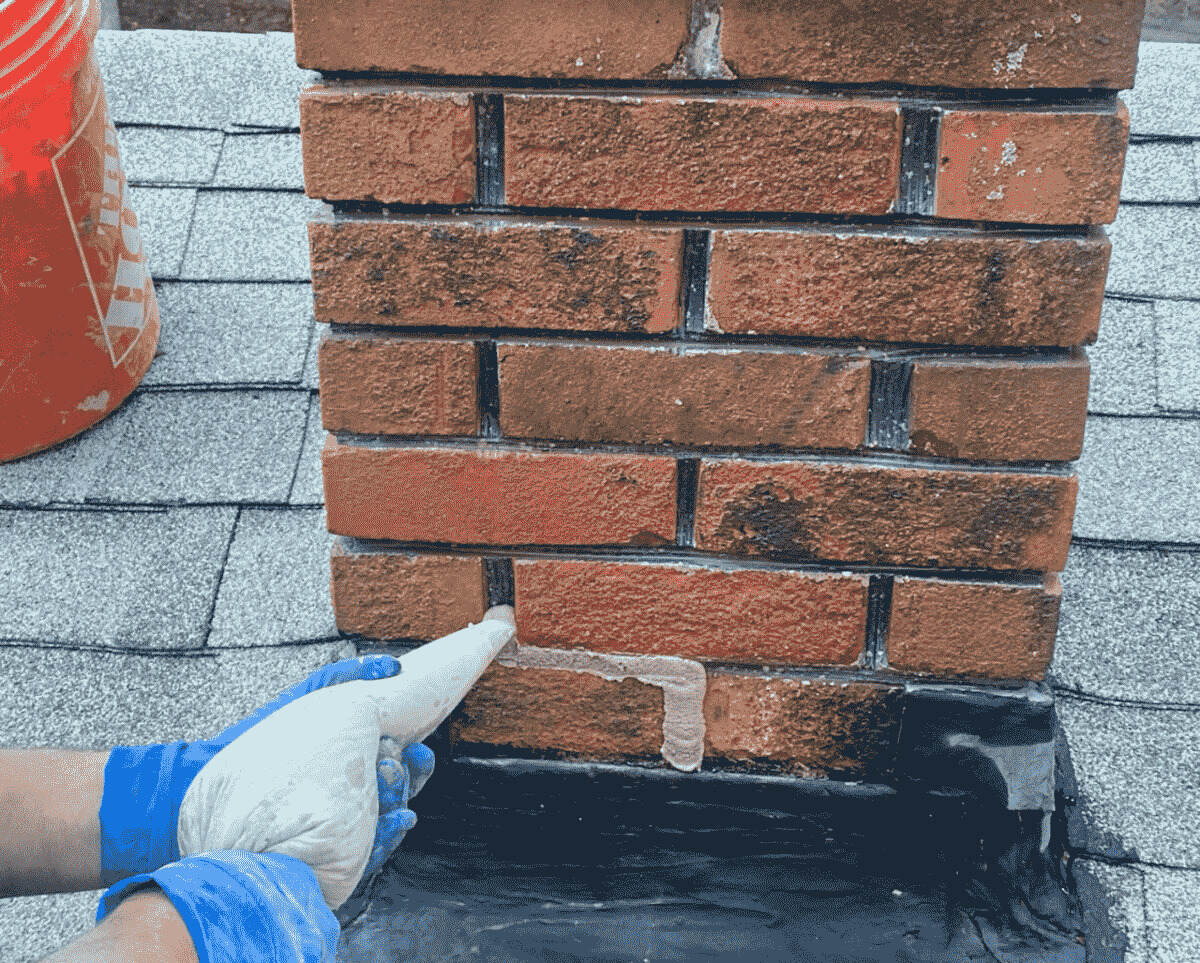
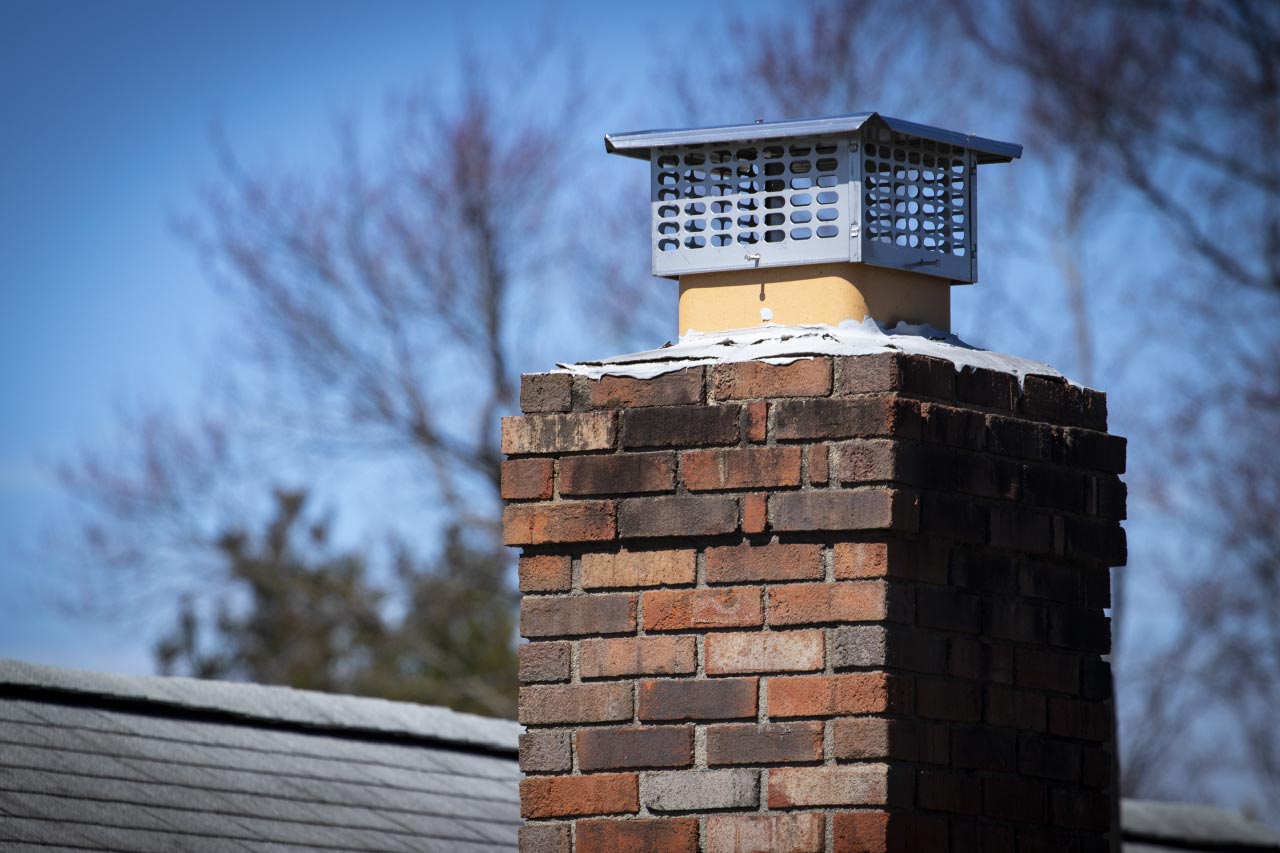
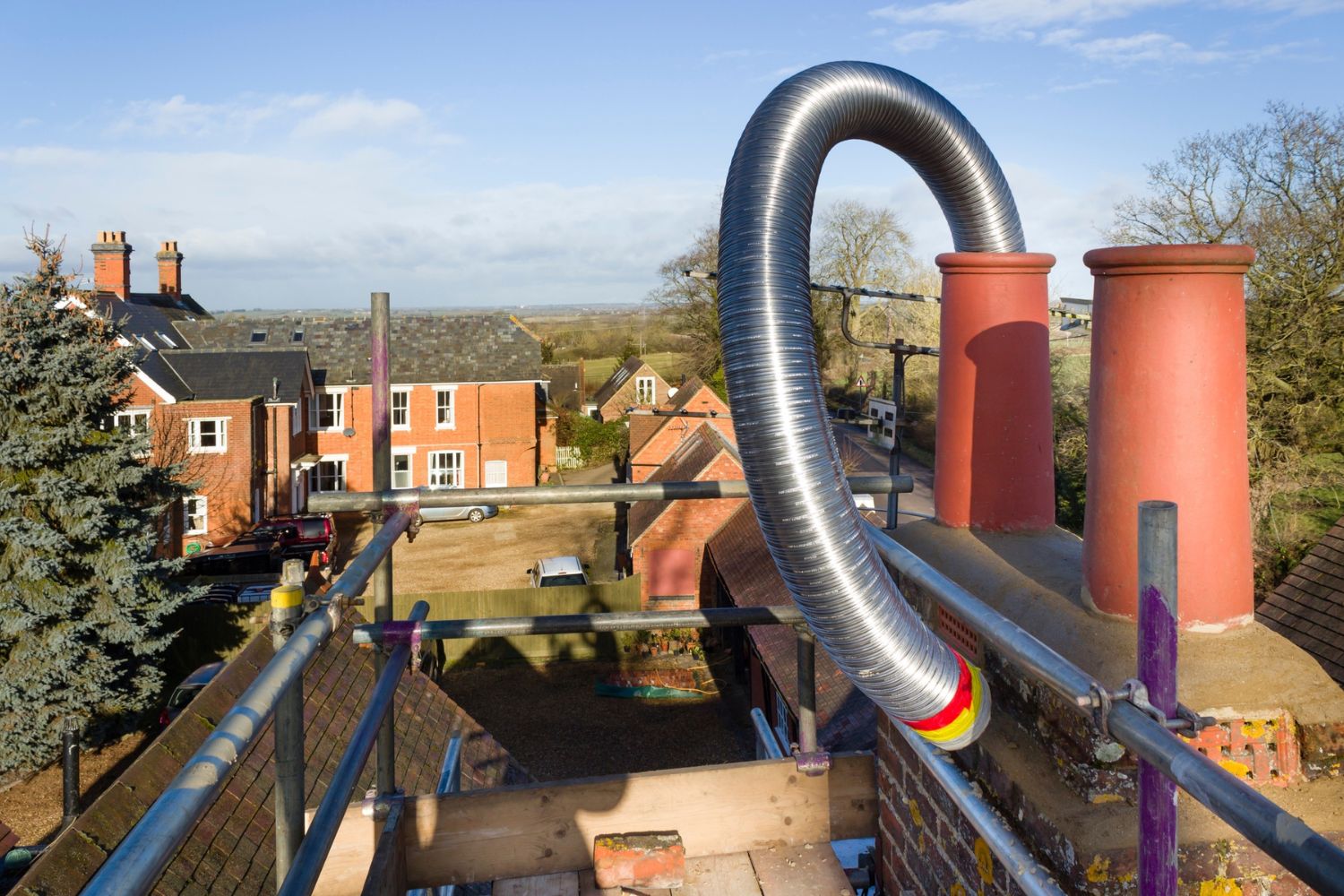
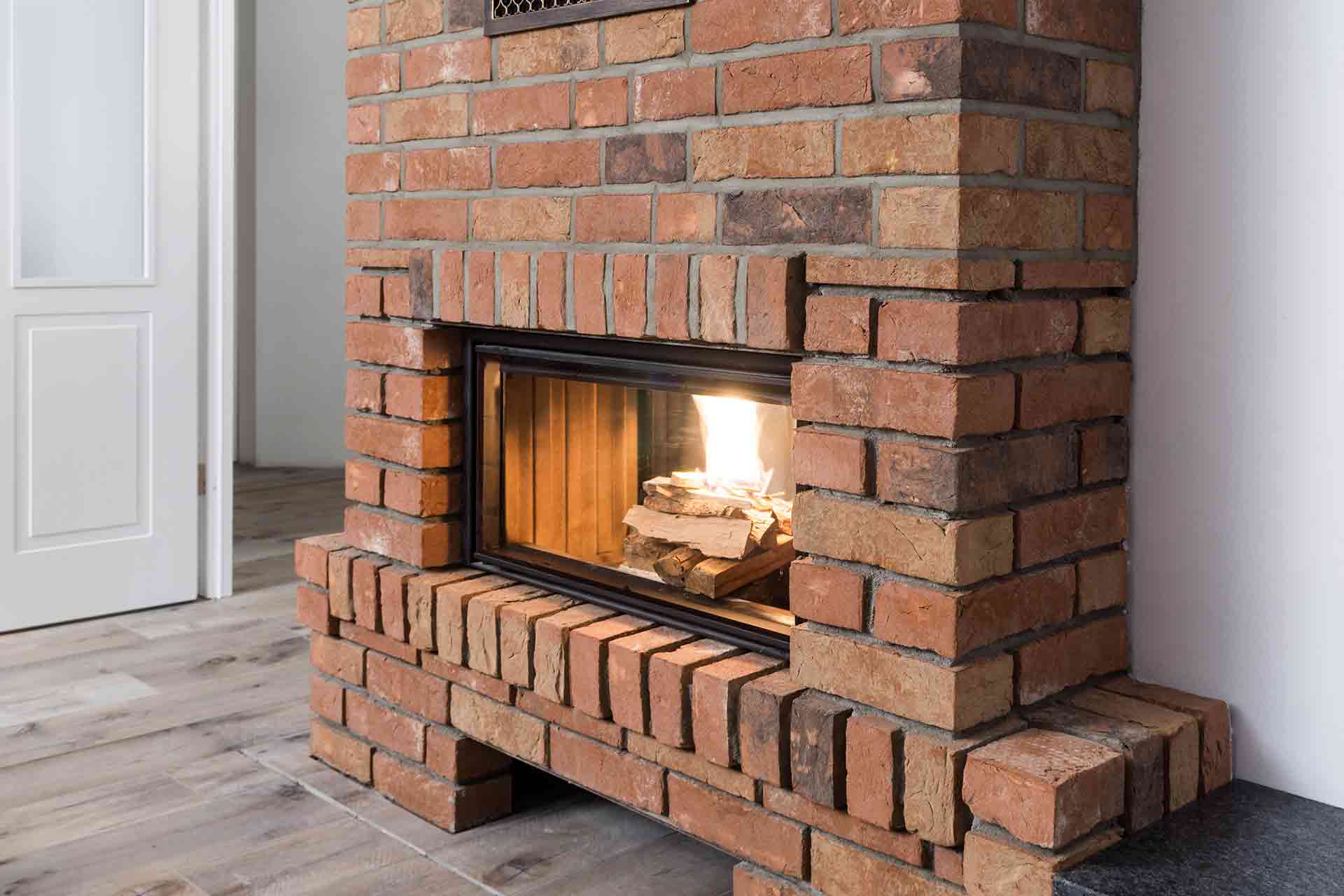

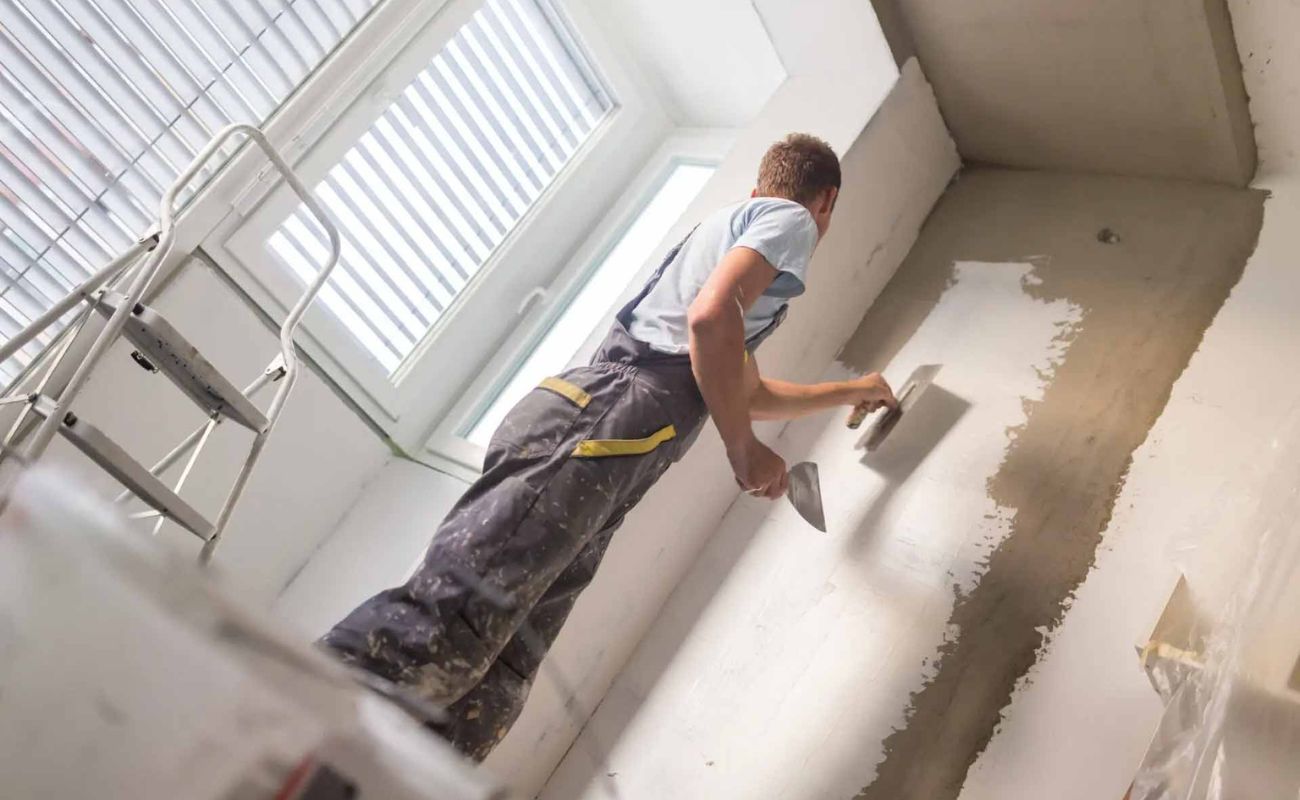
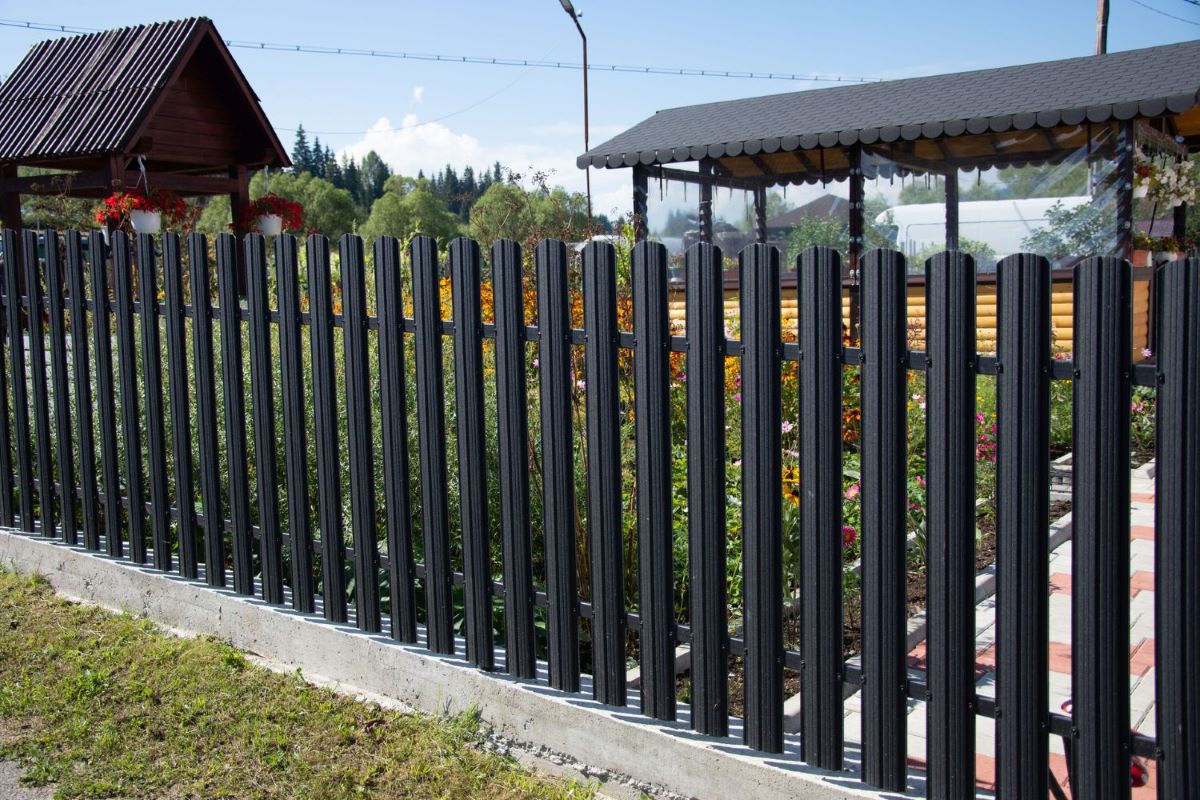
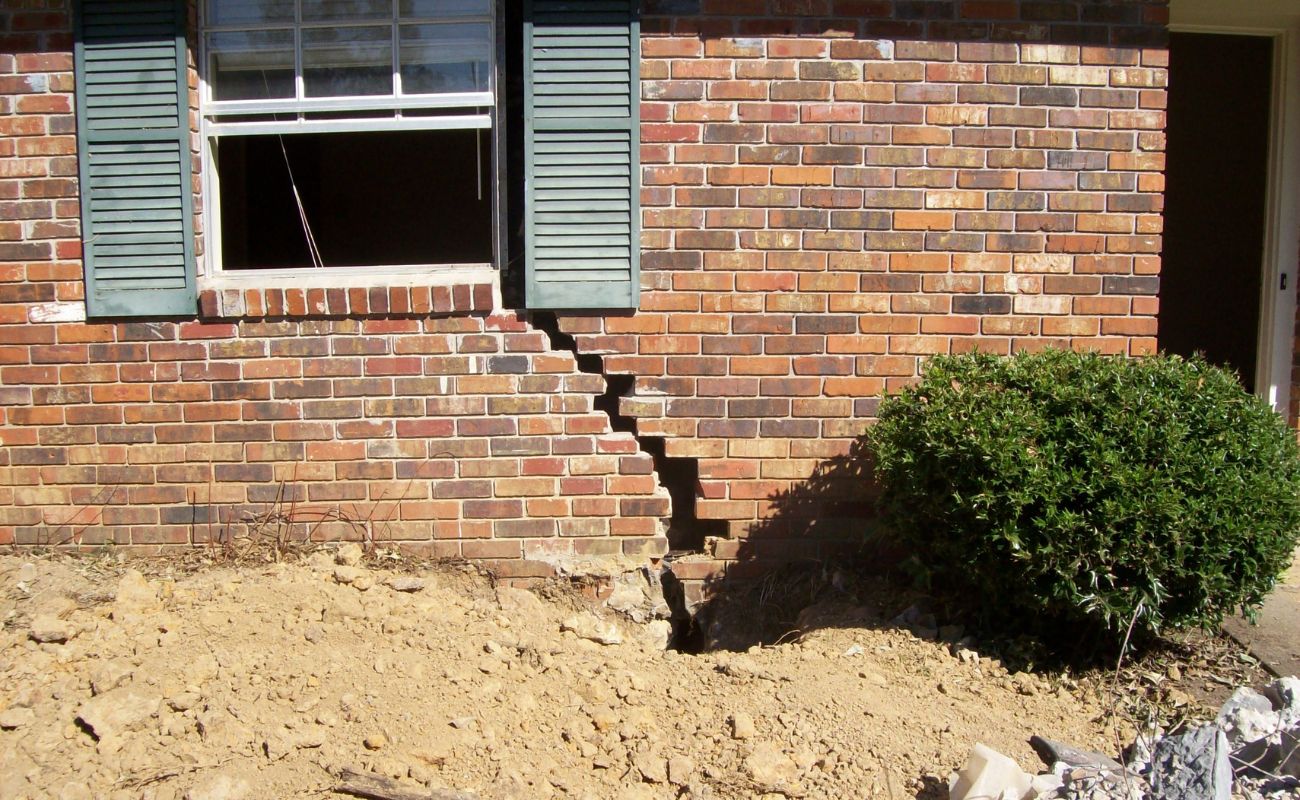
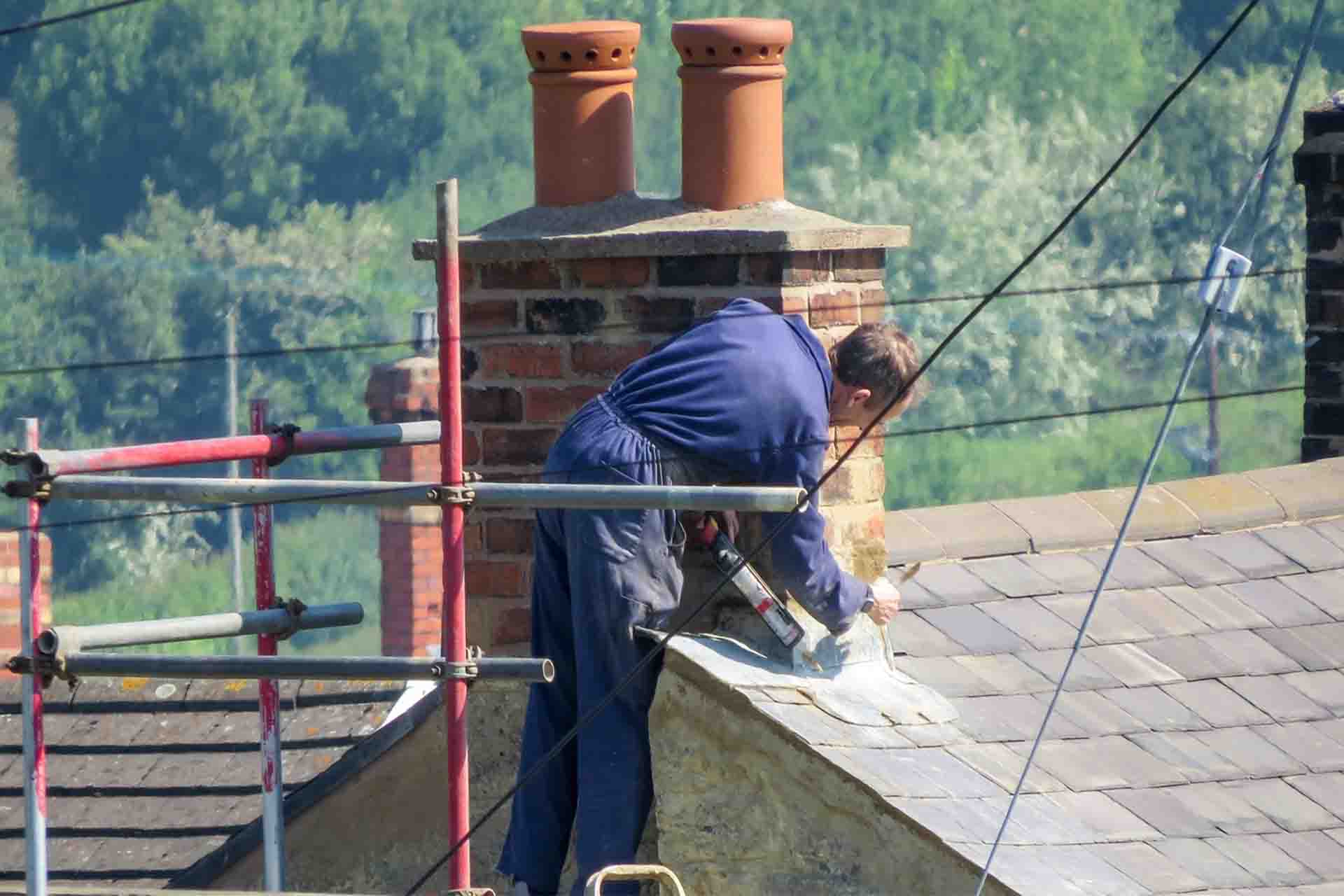
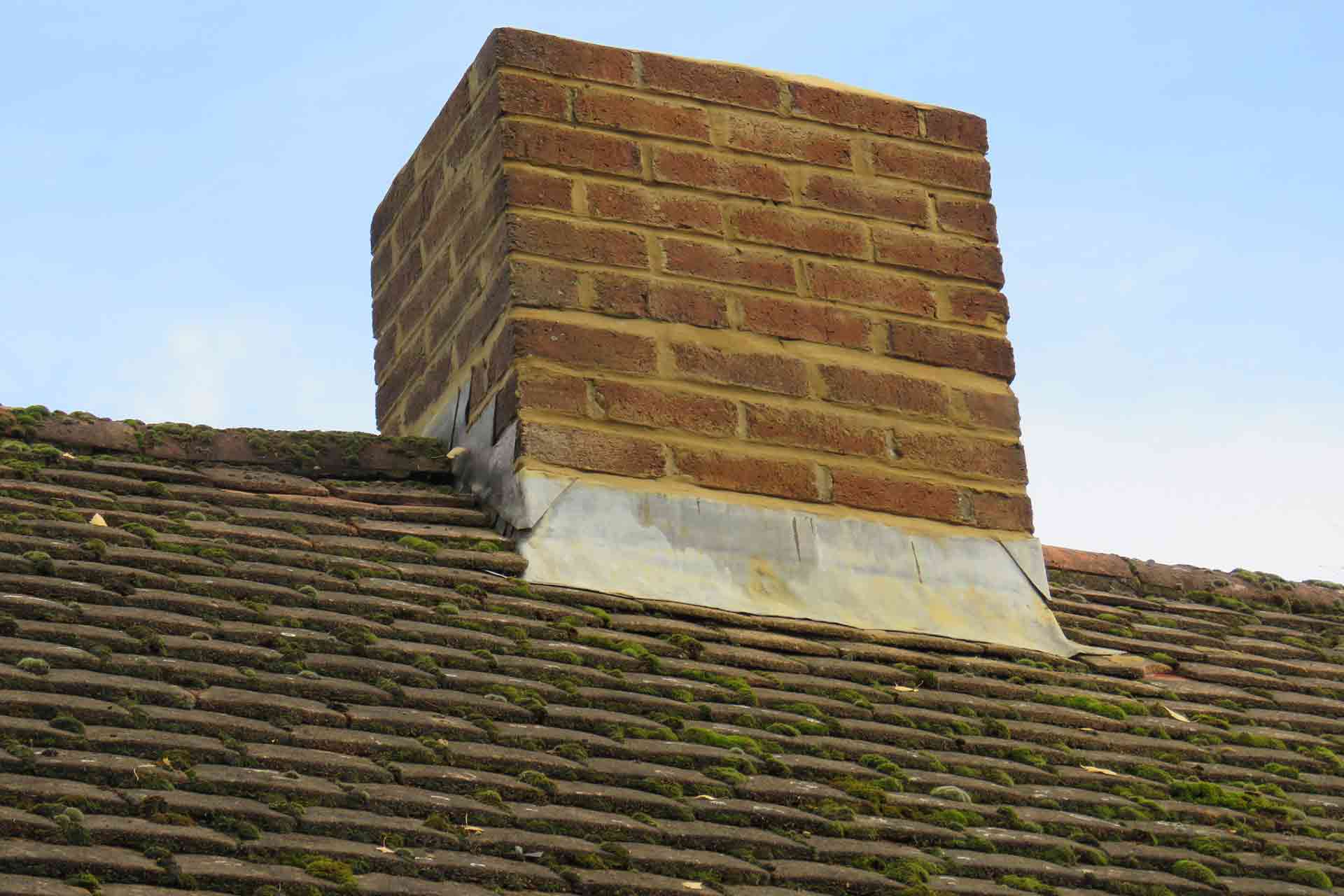
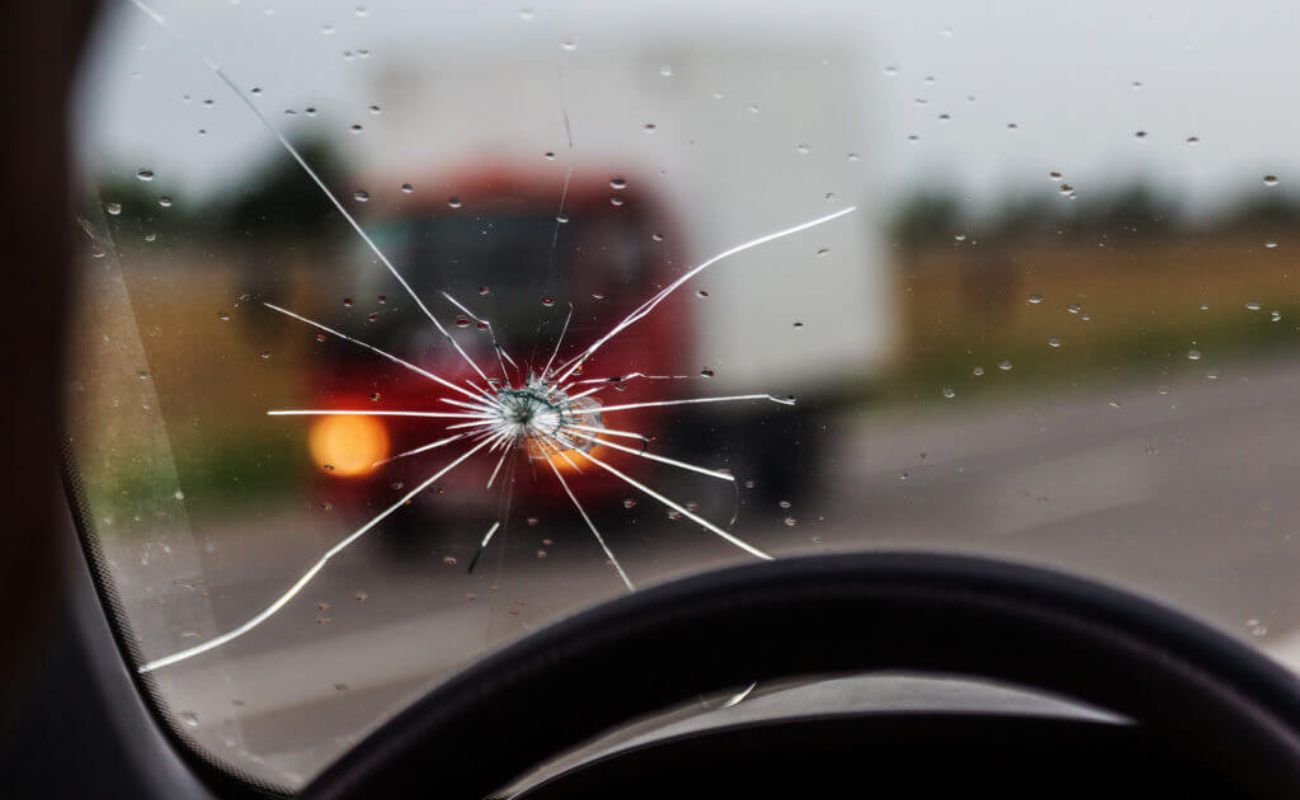

0 thoughts on “How Much Should A Chimney Rebuild Cost”